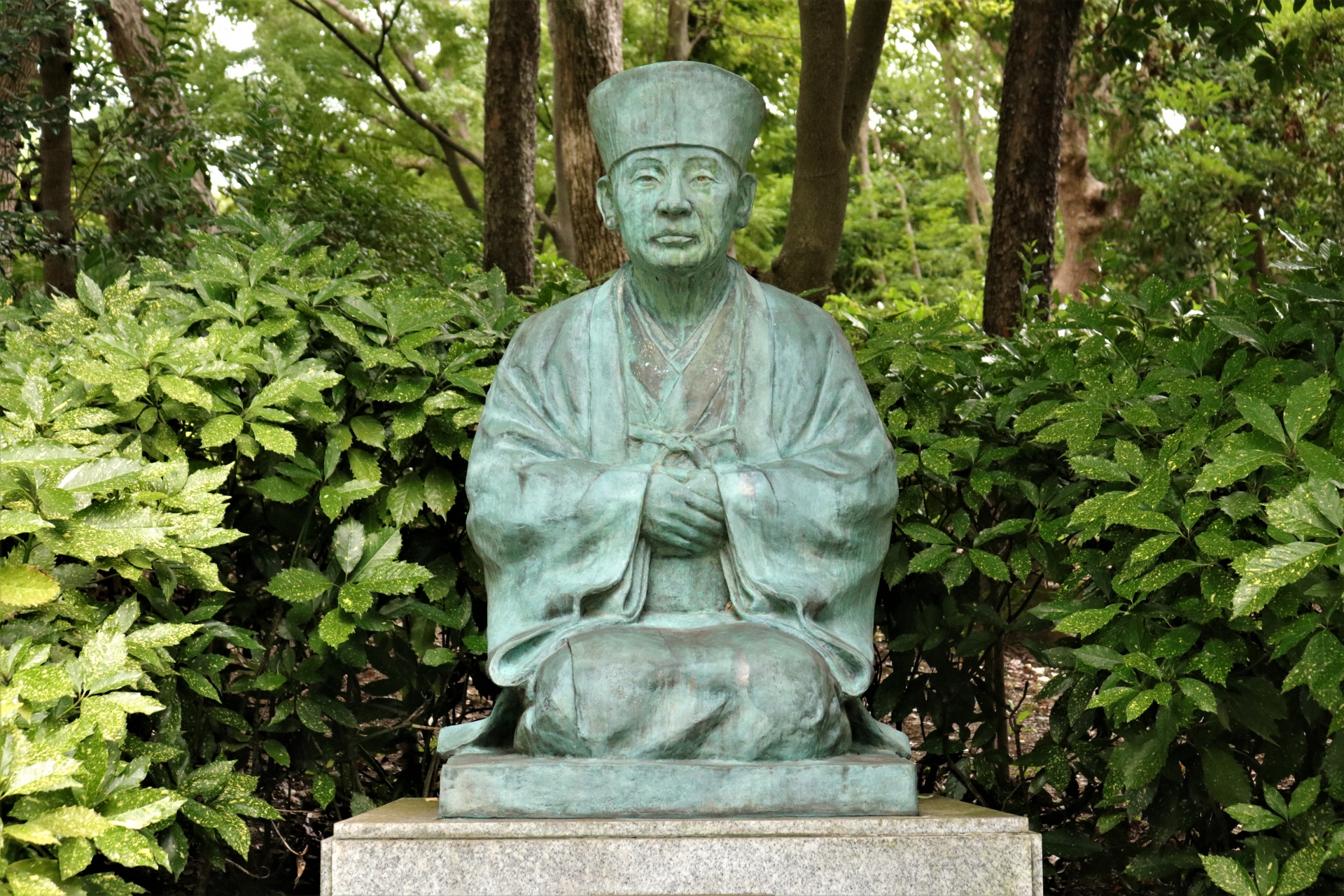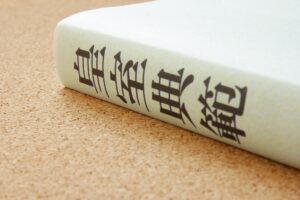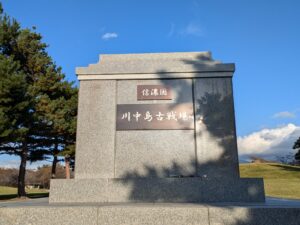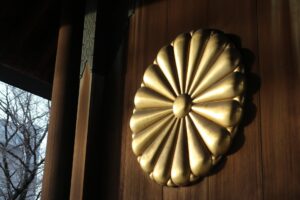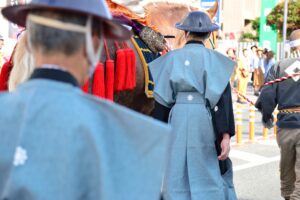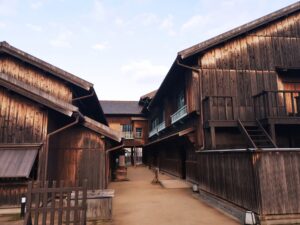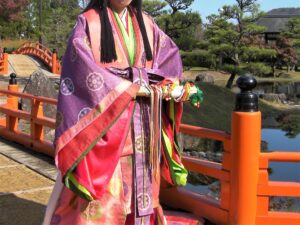Sen no Rikyu is not only the most revered figure in the history of the Japanese tea ceremony but also a cultural icon whose ideas on simplicity, imperfection, and natural beauty continue to influence global aesthetics. This article explores his life, philosophies, and their impact on both historical Japan and contemporary art and design.
The Life and Legacy of Sen no Rikyu
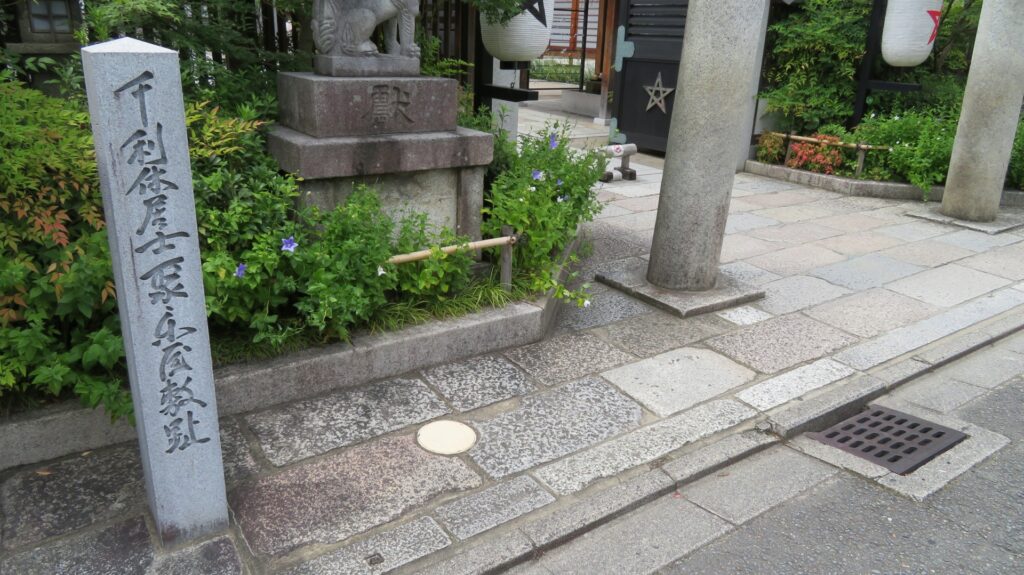
Sen no Rikyu (1522–1591) is widely considered the most influential figure in the history of the Japanese tea ceremony, or chado. Born in Sakai, a prosperous merchant city, Rikyu began his formal training in tea under Kitamuki Dochin before continuing with Takeno Joo, a master of the wabi-cha style that emphasized simplicity and rustic beauty. Rikyu’s ascent from a merchant family into the upper echelons of samurai society was exceptional, and it positioned him to serve two of the most powerful warlords of his time: Oda Nobunaga and Toyotomi Hideyoshi.
As the tea master to both men, Rikyu held an extraordinary level of cultural and political influence. Under Hideyoshi, he was granted significant power and even commissioned to design tea rooms and rituals that reflected the elite tastes of the era. However, Rikyu did not pander to opulence; instead, he promoted restraint and harmony, often clashing with the lavish tastes of his patrons. His preference for understated, rustic beauty became the cornerstone of what we now understand as Japanese aesthetics.
Rikyu’s legacy is embedded in the structure, tools, and spirit of modern tea ceremonies. His ideals transformed tea from a social or recreational event into a meditative art form, deeply embedded in philosophy and aesthetics. His influence persists not only in tea culture but also in Japanese architecture, garden design, and even contemporary art.
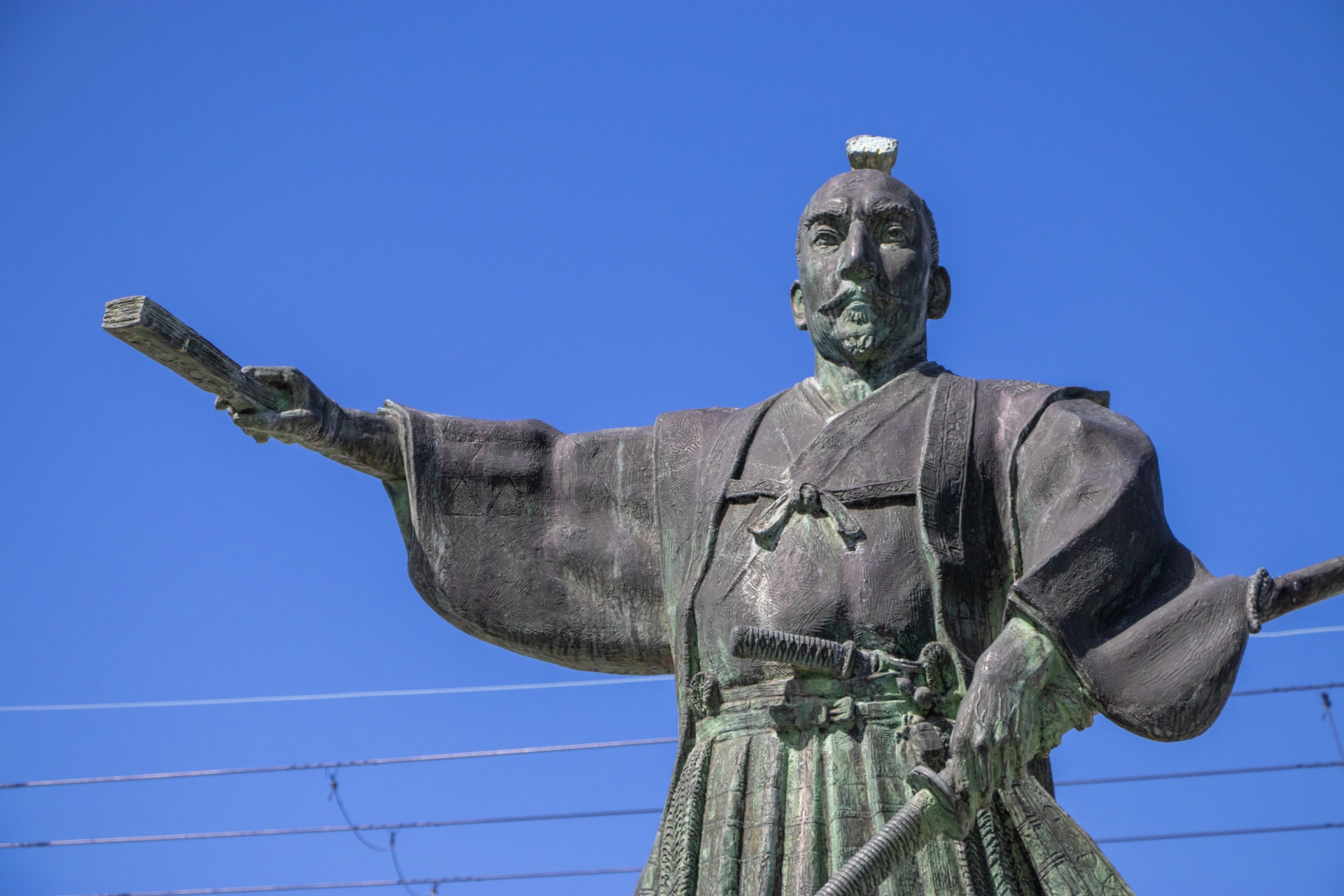
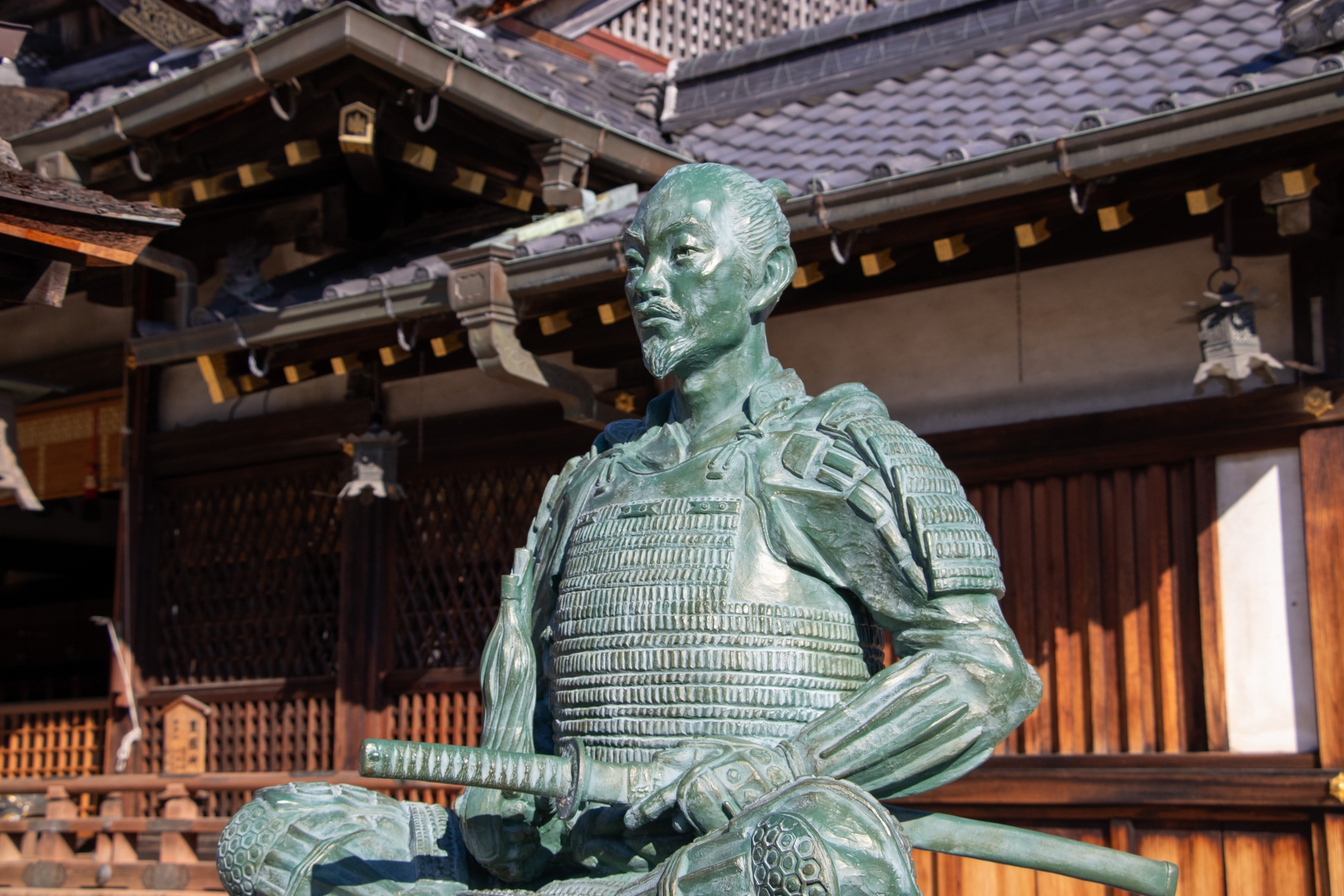
Wabi-Sabi: Rikyu’s Aesthetic Philosophy
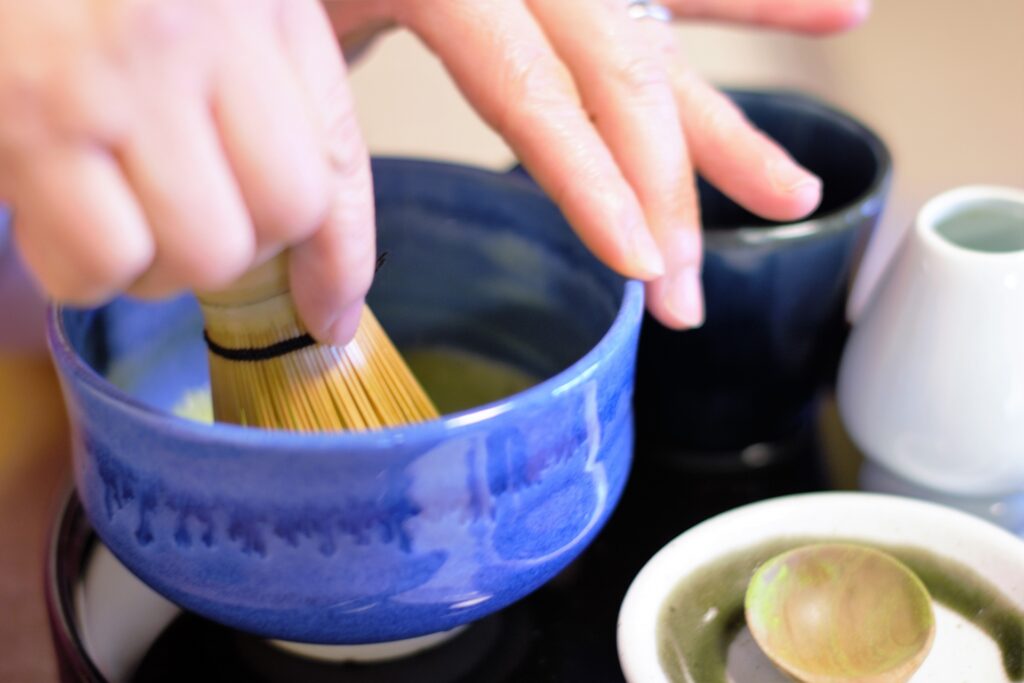
At the core of Sen no Rikyu’s aesthetic vision lies the philosophy of wabi-sabi—an embrace of imperfection, transience, and simplicity. Wabi-sabi celebrates the beauty found in natural materials, weathered textures, asymmetry, and the passage of time. In contrast to the glossy perfection of Chinese-style tea ceremonies before him, Rikyu brought a profound humility to his practice by incorporating rough clay teacups, bamboo utensils, and dimly lit, minimally adorned tea rooms.
Rikyu also championed wabi-cha, a style of tea ceremony that intentionally used humble objects and rustic settings. This was a radical departure from earlier styles that favored Chinese lacquerware and ornate décor. The subdued tones, earthen materials, and handcrafted utensils Rikyu preferred encouraged guests to focus inwardly and cultivate mindfulness.
Examples of design elements he favored include the use of raku ware—a hand-molded, porous ceramic known for its irregularity—and the creation of chashitsu (tea rooms) with low entrances that required guests to bow, reinforcing humility. Wooden surfaces were left unpainted, and natural light was subtly filtered, creating a serene and contemplative atmosphere. Through these choices, Rikyu distilled the essence of wabi-sabi into a coherent visual and spiritual language that still influences Japanese design today.
The Role of Zen Buddhism in Rikyu’s Teachings
Sen no Rikyu’s tea philosophy is deeply entwined with the teachings of Zen Buddhism, particularly its emphasis on mindfulness, simplicity, and the ephemerality of experience. The tea ceremony, in his vision, was not merely a social gathering but a spiritual exercise rooted in the present moment.
Key Zen concepts such as ichigo ichie (“one time, one meeting”) remind participants of the uniqueness and fleeting nature of each encounter. Another important principle is ma—the conscious use of empty space—which Rikyu employed in both physical design and pacing of the ceremony. These ideas turned tea into a ritual of silent reflection and mutual respect.
Rikyu also valued silence as a communicative tool. The careful preparation and serving of tea became a meditative act, where even the smallest gesture was infused with intentionality. Through Zen, Rikyu cultivated an atmosphere where simplicity did not equate to lack but rather to depth and clarity. Each element—from the garden path to the placement of a single flower—was chosen with precision and reverence.
The Cause of Sen no Rikyu’s Death
Despite his cultural contributions and close relationship with Toyotomi Hideyoshi, Sen no Rikyu’s life ended in tragedy. The reasons behind his forced suicide (seppuku) in 1591 remain a subject of historical debate, but most scholars agree it was due to a deterioration in his relationship with Hideyoshi.
One theory suggests that Rikyu’s increasing influence and his insistence on aesthetic independence clashed with Hideyoshi’s flamboyant tastes and desire for political control. The placement of a statue of Rikyu at the entrance of the Daitoku-ji Temple—possibly seen as a sign of arrogance—may have further incensed Hideyoshi. Political maneuvering and court intrigue likely compounded the tensions, ultimately resulting in Hideyoshi ordering Rikyu to take his own life.
Rikyu’s death was a dramatic end to a life steeped in subtlety. Yet, even his death reflected the values he upheld—dignity, resolve, and poetic reflection.
The Final Words of Sen no Rikyu
Before his death, Sen no Rikyu composed a jisei no ku—a traditional death poem that reflects on life’s impermanence and the inevitability of death. His original poem reads:
人生七十 力囲希咄
吾這寳剣 祖佛共殺
堤る我得具足の一太刀
今此時ぞ 天に抛
A more accurate English translation is:
“Seventy years of life—now the final moment has come.
With this treasured sword, I slay both patriarchs and Buddhas.
The perfect blade I have attained—now, I cast it to the heavens.”
This poem embodies Rikyu’s Zen training, echoing the idea of transcending even the Buddha and Bodhidharma (Daruma), spiritual figures often revered in Zen. By casting his symbolic sword—his insight, ego, or attachments—into the sky, he demonstrates the ultimate non-attachment and enlightenment.
Far from being a lament, the poem is a statement of spiritual liberation. It reflects a conscious, resolved acceptance of death and a transcendence of form, doctrine, and even legacy.
Lessons from Rikyu for Today’s Minimalist Lifestyle
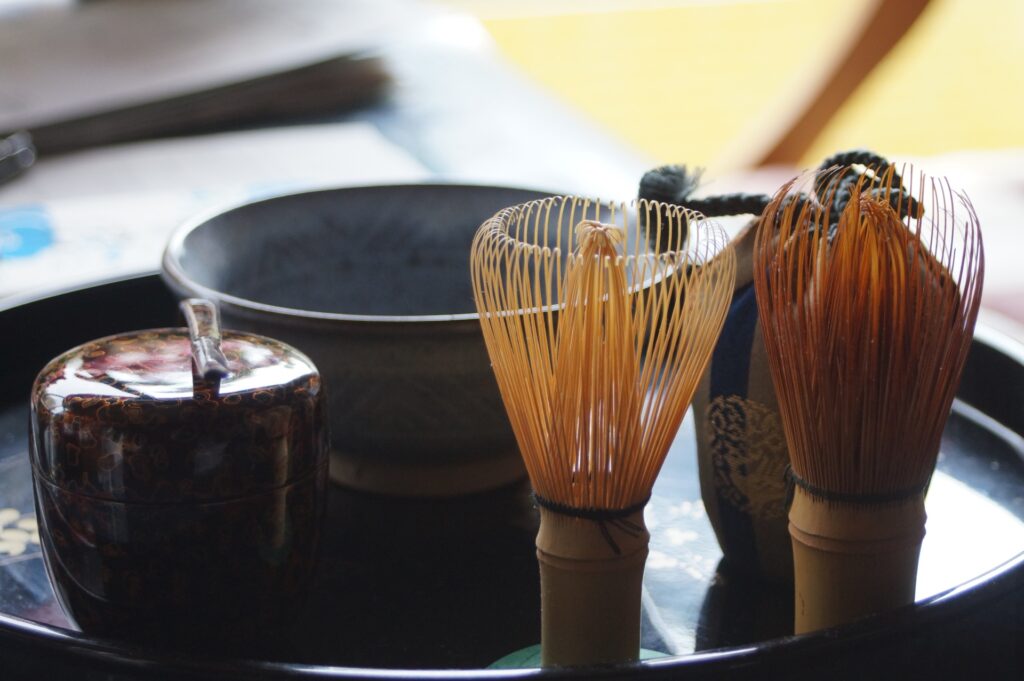
In an age of sensory overload and material excess, Sen no Rikyu’s teachings offer a timeless guide to a more meaningful and intentional way of living. Modern minimalists can draw several actionable insights from his philosophy:
- Mindful Rituals: Incorporate small, intentional rituals into daily life, such as preparing tea, lighting a candle, or tidying a space. These acts create moments of pause and presence.
- Declutter with Purpose: Like Rikyu’s sparse tea rooms, modern spaces benefit from removing excess. Choose items that bring peace, utility, or joy.
- Natural Materials: Favor wood, stone, clay, and textiles with texture. Rikyu’s love for the rustic aligns with sustainable, tactile design practices.
- Embrace Imperfection: Chips, wrinkles, and asymmetry can enhance character. Rikyu taught that beauty lies not in perfection but in authenticity.
- Create Space: Don’t be afraid of emptiness. Negative space allows focus and clarity, both visually and mentally.
Through these principles, Rikyu’s vision finds new life in homes, workspaces, and daily habits around the world.
Conclusion
Sen no Rikyu revolutionized Japanese aesthetics not through grandeur but through profound simplicity. His fusion of Zen Buddhism, wabi-sabi philosophy, and cultural refinement created a legacy that transcends time. The tea ceremony became more than an art—it became a philosophy, a lifestyle, and a lens through which to view the world.
Today, Rikyu’s teachings continue to inspire artists, designers, architects, and seekers of mindful living. His message is simple yet profound: in a world that moves quickly, there is unparalleled beauty in slowing down, noticing the small things, and embracing the imperfect. By integrating his wisdom into our modern lives, we not only honor his legacy but also enrich our own.

